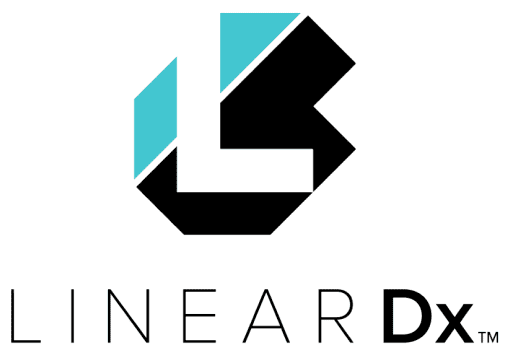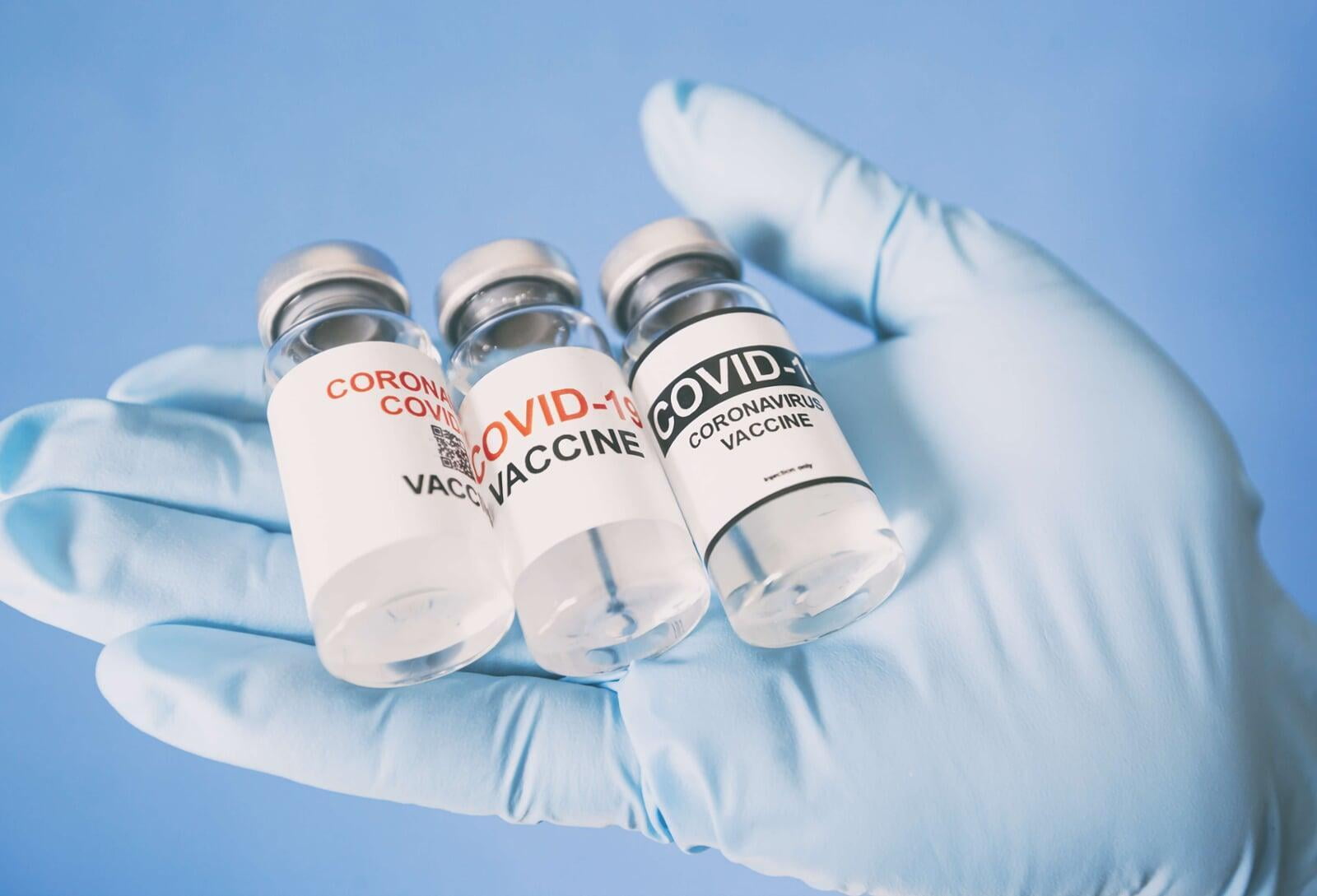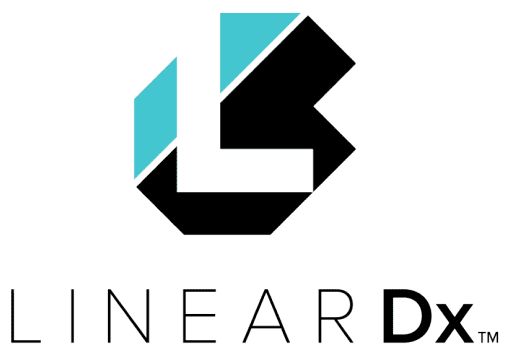As many companies all across the United States reopen after months of lockdowns, the biggest question in the minds of business owners is how to protect their employees from COVID-19 infection. In addition to taking safety measures such as vaccinations and social distancing, workplace testing for COVID-19 is emerging as a critical tool in managing COVID-19 outbreaks in the workplace. Given the fact that many people who suffer from COVID-19 infections present no symptoms, only by testing can a company ensure that employees who contract the disease are quickly identified and isolated before they can infect others.
One of the factors that may not be very clear to employers is what kinds of tests are out there and which one they should take. In this article, we explain the three COVID-19 tests that are available and we look at the pros and cons of each.
PCR or Polymerase Chain Reaction Tests
This test detects the presence of COVID-19 by looking for viral RNA in the patient’s body. The clear advantage of this kind of test is that it is able to detect the presence of the virus long before antibodies form or even before symptoms present themselves. This means that countermeasures can be taken early on to reduce the spread of the virus. One of the downsides to this test is the fact that samples often have to be examined in a laboratory setting for a more accurate result. This means that patients often have to wait to get results, which in turn means that countermeasures are delayed. This test is also known to give false negatives in up to 30% of the tests that are made. This is because the test will still pick up dead or deactivated viruses that are still present in the body, especially in the case of someone who has recovered from the illness.
Lateral Flow Test
In this type of test, the key indicator that the test looks for is special COVID-19 proteins that help the virus to bind to human cells. When these proteins are detected, the assumption is made that the person being tested has COVID-19. This test is rapid and results can be obtained in less than 20 minutes. While this helps in ensuring that quick countermeasures can be taken, the test may often sacrifice a little bit of accuracy for a much quicker turnaround. The way in which the lateral flow tests are conducted is constantly being improved and thus the tests are becoming increasingly accurate in detecting the presence of the virus.
Antibody Testing
As the name suggests, antibody testing detects the presence of COVID-19 by looking for antibodies that the body produces to fight the infection. While highly accurate, the key problem with this test is that it is not able to detect the presence of the virus early on when the antibodies are yet to be produced by the body. In many cases, this test will indicate people who have suffered COVID-19 and recovered, even if they showed no symptoms.


